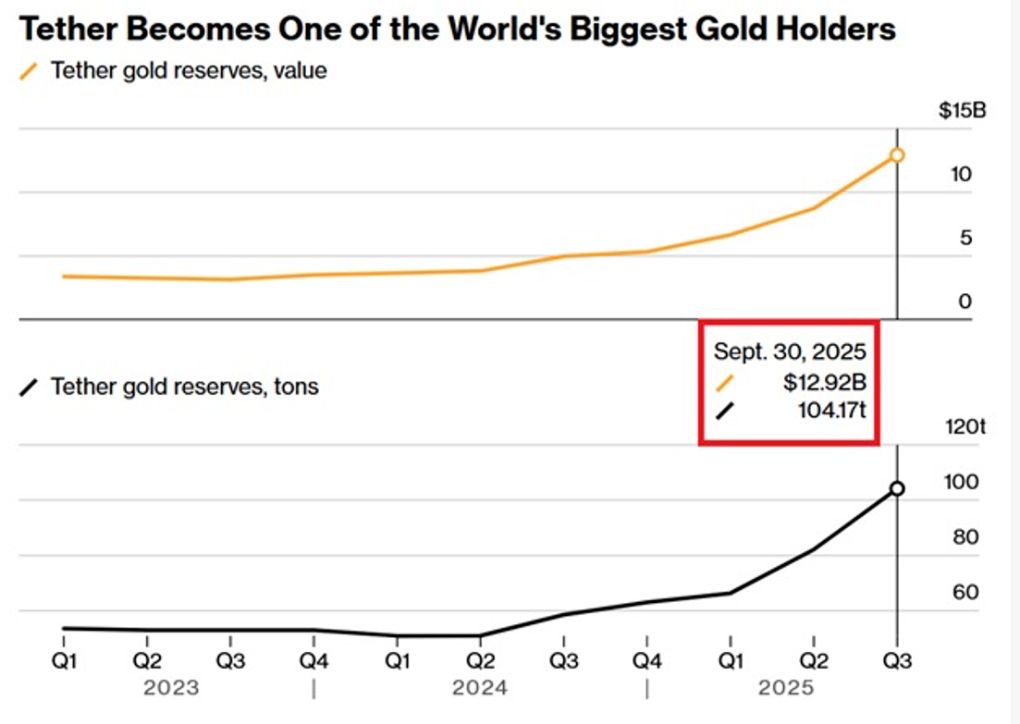Decentralized Finance's Hidden Fault Lines: Unpacking DEX Vulnerabilities and Whale-Driven Volatility
- In 2025, four whale addresses manipulated XPL token on Hyperliquid DEX, causing $47.5M losses through liquidity exploitation. - The attack exploited pre-launch token vulnerabilities: thin liquidity, lack of circuit breakers, and transparency-based predatory strategies. - Retail traders lost $7.1M in cascading liquidations as whales secured $14-16M profits within an hour. - Experts urge investors to avoid low-liquidity pre-launch tokens and adopt dynamic risk tools like EMA caps and whale tracking analyti
In the summer of 2025, the decentralized finance (DeFi) ecosystem faced a seismic shock when the XPL token, an asset tied to the Plasma blockchain, became the epicenter of a $47.5 million price manipulation scheme on Hyperliquid, a leading decentralized exchange (DEX). This incident, orchestrated by four whale addresses, exposed systemic vulnerabilities in DeFi platforms and underscored the urgent need for proactive risk management in high-volatility markets. For investors, the case serves as a stark reminder that even the most cutting-edge financial systems are not immune to age-old risks of concentrated power and speculative fragility.
The Anatomy of a DEX Exploit: Thin Liquidity and Whale Tactics
The XPL manipulation began with a single whale—wallet 0xb9c…6801e—injecting $16 million in USDC to purchase 15.2 million XPL tokens. This aggressive buy-up wiped out the order book, triggering a 200% price surge within minutes. The result? A 70% liquidity drain and cascading liquidations of retail short positions, with one trader losing $4.59 million and another $2.5 million. The whale secured $14–16 million in profits within an hour, exploiting the token's unique status, which lacked a defined circulating supply and institutional-grade liquidity.
This case highlights three structural vulnerabilities in DEXs:
1. Thin Liquidity: Certain tokens often suffer from low trading volume and fragmented order books, making them prime targets for market cornering.
2. Absence of Safeguards: Unlike centralized exchanges, DEXs rarely implement circuit breakers, position limits, or real-time surveillance tools to curb extreme volatility.
3. Transparency Paradox: While DeFi's openness allows for real-time visibility into market activity, it also enables whales to exploit this transparency for predatory strategies, such as triggering stop-loss cascades.
Hyperliquid's post-incident response—introducing a 10x exponential moving average (EMA) price cap and integrating external market data—addressed symptoms rather than root causes. The platform's reliance on isolated margin systems, where protocols avoid bad debt but leave retail traders exposed to liquidation risks, remains a critical flaw.
The Whale Factor: Concentrated Power in a Decentralized World
The XPL case also raises questions about accountability. While no definitive attribution has been made, speculative links between wallet 0xb9c…6801e and Tron founder Justin Sun highlight a broader paradox: DeFi's decentralization ethos clashes with the reality of concentrated power. This mirrors traditional finance's issues with market manipulation but in a context with even fewer regulatory safeguards.
Proactive Risk Management: Tools and Strategies for High-Volatility Markets
To navigate these risks, investors should adopt a multi-layered approach:
1. Leverage Analytics Tools: Platforms like altFINS and Hypurrscan provide real-time order-book depth analysis and whale activity tracking.
2. Diversify Exposure: Avoid over-concentration in single tokens, especially those with low TVL (Total Value Locked) and high volatility.
3. Implement Dynamic Stop-Losses: Static stop-loss orders can be gamed by whales; dynamic strategies adjust thresholds based on market conditions.
4. Advocate for Institutional Safeguards: Support DEXs that integrate circuit breakers, position limits, and liquidity incentives for market makers.
For example, Aave V3's cross-chain diversification and high TVL contrast sharply with volatile altcoins prone to flash wicks. Investors should prioritize protocols with robust risk frameworks, even if it means sacrificing some yield potential.
The Road Ahead: Balancing Innovation and Resilience
The XPL incident signals a turning point for DeFi. Regulators, long focused on centralized exchanges, may soon scrutinize DEXs more closely. Proposals for mandatory reporting of large trades, anti-manipulation protocols, and institutional-grade risk frameworks are gaining traction. However, the challenge lies in designing these safeguards without undermining DeFi's core appeal—decentralization and accessibility.
Academic research, such as the Strategic Influence on Liquidity Stability (SILS) framework, offers promising solutions. By analyzing on-chain event logs and smart contract execution traces, SILS identifies high-impact liquidity providers and whales using metrics like Exponential Time-Weighted Liquidity (ETWL). This approach introduces a Liquidity Stability Impact Score (LSIS), which quantifies market fragility if a whale were to withdraw. Such tools could enable oracle-based gatekeeping, intercepting liquidity provider burn requests in real time to prevent market manipulation.
Conclusion: Navigating the New Frontier
The 2025 XPL manipulation case is a cautionary tale for DeFi investors. It underscores the importance of due diligence, diversification, and proactive risk management in an ecosystem still grappling with structural vulnerabilities. While DeFi's promise of financial inclusion and transparency remains compelling, its long-term sustainability depends on addressing whale-driven volatility and thin liquidity.
For now, the onus is on individual investors to act as their own gatekeepers. By leveraging advanced analytics and advocating for institutional-grade safeguards, investors can mitigate risks while participating in DeFi's innovation. As the sector evolves, the balance between decentralization and systemic resilience will define its future.
Disclaimer: The content of this article solely reflects the author's opinion and does not represent the platform in any capacity. This article is not intended to serve as a reference for making investment decisions.
You may also like
Coinpedia Digest: This Week’s Crypto News Highlights | 29th November, 2025
QNT Price Breaks Falling Wedge: Can the Bullish Structure Push Toward $150?

Digital dollar hoards gold, Tether's vault is astonishing!

The Crypto Bloodbath Stalls: Is a Bottom In?
